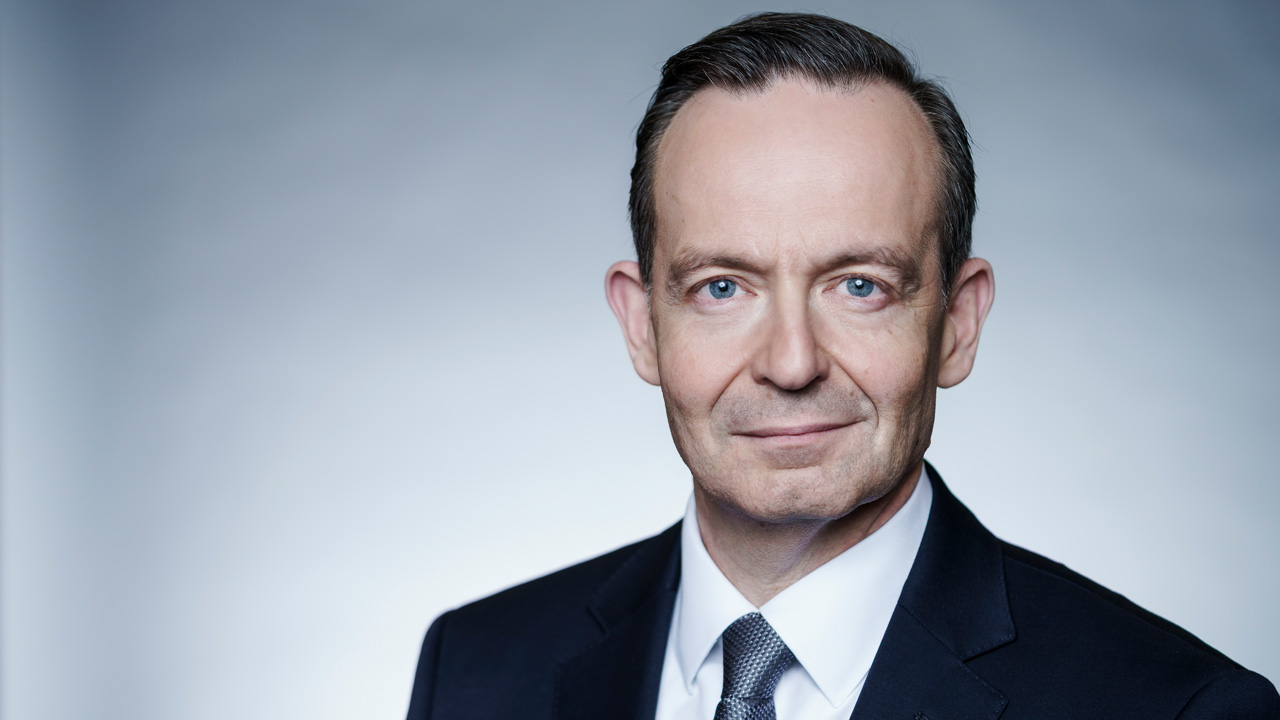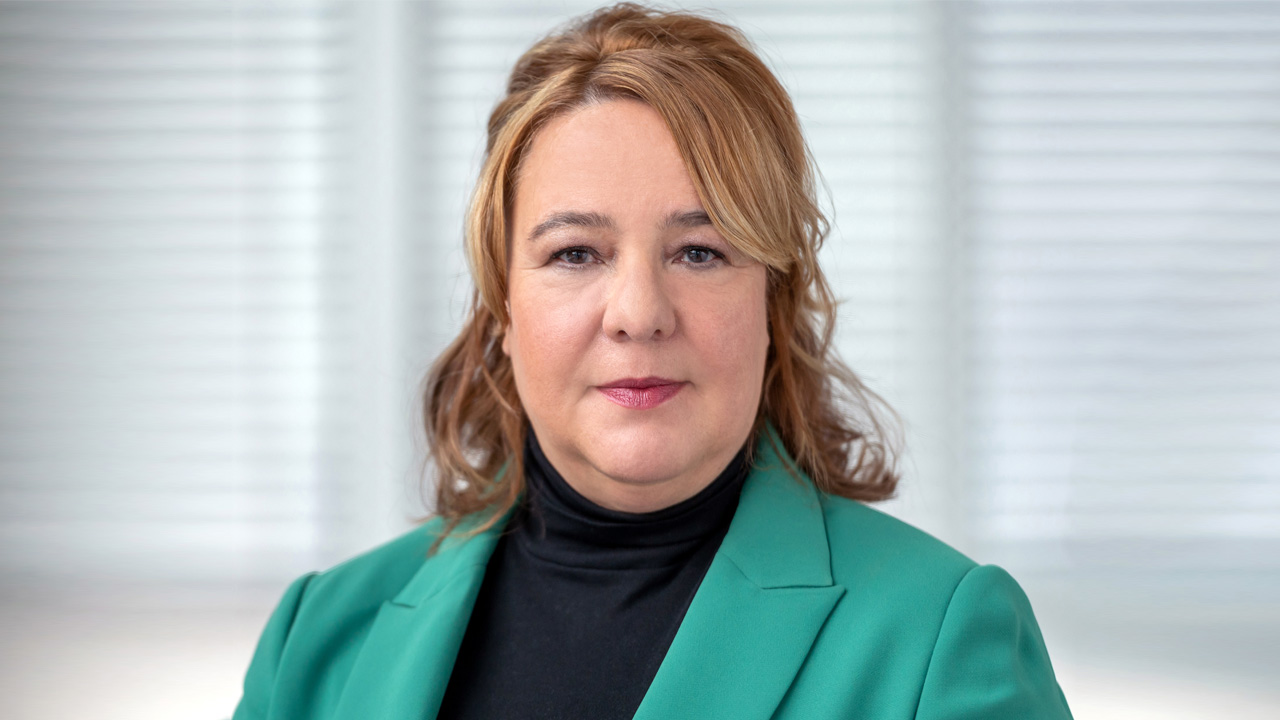13.06.2023
Start of the "Gigabit Innovation Track" project:Moving ever closer to 5G on trains

The objective of the funding project is future gigabit supply along the tracks
Deutsche Bahn (DB), network equipment supplier Ericsson, telecommunications provider O2 Telefónica and cell tower operator Vantage Towers are working together to develop a solution that would establish an extensive 5G mobile communications infrastructure along train tracks in Germany. The new infrastructure will give train passengers gigabit speeds for their telephone and data connections and provide high-performance transmission technology for further digitalizing rail operations. Today the partners received the official word from the German Federal Ministry for Digital and Transport (BMDV) that they will receive funding to test innovative technology for mobile communications coverage along tracks.
The BMDV will provide some EUR 6.4 million to support Gigabit Innovation Track (GINT) as an important component of the German government's gigabit strategy. The GINT partners plan to develop technical and financial options for high-performance and sustainable 5G mobile coverage along tracks.
Rail travelers increasingly expect excellent data and mobile communications service to be a standard feature on trains. But data usage poses a challenge. Modern office and entertainment applications use an enormous amount of data, and this will only continue to increase in the coming years. Experts estimate that as soon as the early 2030s, we will need data rates of up to 5 gigabits per second per train between the towers along the track and passing trains for passengers on board to experience telephone and data service with the level of quality that mobile communications will be expected to meet. That quality is multiple times faster than the speeds currently possible using today's LTE technology.
The partners plan to find out by the end of 2024 how to achieve the high transmission rates that will be needed in the future and how to build the necessary infrastructure in a way that minimizes the use of resources. Part of the project will involve creating a test area along a roughly ten kilometer section of track in Mecklenburg-West Pomerania to test technological approaches and options in practice. Plans call for ten innovative towers of different designs to be built to provide uninterrupted gigabit coverage for the line.
The technology being tested includes different designs of towers, including towers that can be securely screwed into the ground without the need for costly, less sustainable concrete foundations. And that saves time and cuts CO2.
To provide gigabit coverage for rail passengers, the project partners will also test 5G on O2 Telefónica's 3.6 gigahertz frequencies. These frequencies enable especially fast mobile data transmission, but with a shorter range than today's 4G. One tower covers only around one kilometer of rail line, which means that around 20,000 new towers are needed along tracks throughout Germany. The Future Rail Mobile Communication System (FRMCS), with its dedicated 1900 megahertz band, will also require additional towers.
The project team is therefore also developing proposals for operator and cooperation models for the rail and mobile communications industries and tower operators, which, for example, would allow towers to be shared for FRMCS connections and 5G coverage for passengers without distorting competition. This would reduce construction time, resources and costs. The project's findings will help policymakers design the 5G rollout along tracks and the funding scheme.

Dr. Volker Wissing, Federal Minister for Digital and Transport
Dr. Volker Wissing, Federal Minister for Digital and Transport: "Increasing rail's appeal is about more than making sure trains are on time and reliable. Taking the train needs to be as pleasant an experience as possible and more convenient. We want trains to be able to serve as a traveling office or living room where passengers can work, stream videos and make calls without any technical issues at all. To achieve this high quality, we have to have gigabit coverage. The Gigabit Innovation Track project being funded will lay the crucial foundation for this."

Daniela Gerd tom Markotten, DB Board Member for Digitalization and Technology
Daniela Gerd tom Markotten, DB Board Member for Digitalization and Technology: "We are joining forces with the rail and mobile communications industries and tower operators to ensure the rapid expansion of 5G networks along our tracks. Our goal is to offer top quality connections to inspire people in Germany to take the train. Passengers should be able to work online, stream movies and chat with loved ones on their mobile devices with premium service on our trains, whenever they like."

Valentina Daiber, Chief Officer Legal & Corporate Affairs at O2 Telefónica
Valentina Daiber, Chief Officer Legal & Corporate Affairs at O2 Telefónica: "Today we are setting the course for future gigabit coverage along tracks. Consumers want to be able to use a high-performance mobile network for all their digital applications, even when they're on the train. Rail companies, mobile companies and policymakers need to work together to enable fast 5G on trains. We need new technological concepts and economically viable funding. Together, we now have the opportunity to shape the framework for gigabit coverage in Germany's rail network."

Daniel Leimbach, Managing Director of Ericsson GmbH
Daniel Leimbach, Managing Director of Ericsson GmbH: "Creating a high-performance and resource-saving mobile network infrastructure along tracks for passenger communication and the FRMCS is an exciting challenge in terms of technology. As the leader in 5G technology, we rely on active and passive multiple input multiple output (MIMO) and beamforming technologies. Beamforming directs radio signals to receiving devices using a technique that allows especially targeted and efficient data transmission."
Christian Sommer, member of the Management Board of Vantage Towers: "The major challenge of gigabit coverage for railways can only be solved through consistent sharing of infrastructure. For the 5G rollout along tracks, we focus on innovative tower concepts for a fast, cost-efficient and environmentally friendly implementation. We are delighted to be able to contribute to Germany’s sustainable digitalization in this way."